|
The braided cord or string used on these miniature binoculars is of a type traditionally used on many things in Japan over a long period of time. To give an example, this old divided case or inrō is for carrying herbal medicines and has a netsuke of a musician summoning bats. It was given to me on a trip to Japan by some distant relatives, and has a similar cord to that used on the binoculars, in order to hang it through a hakama or sash by the netsuke or carved button. |
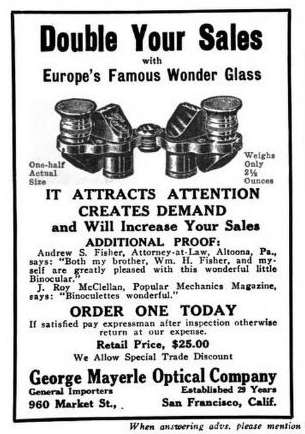
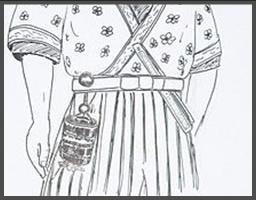


|
1969 was the 50th anniversary of the founding of Asahi Optical Co. Ltd., also known as Asahi Kōgaku Kōgyō Kabushiki-geisha, also known as
旭光学工業株式会社
.
To recognize this occasion, Asahi Pentax produced a 6x25 reverse porro prism “M” type binocular with 50th anniversary markings.
|
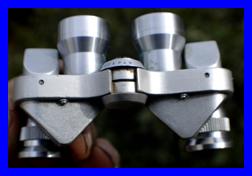

|
Japanese External Reverse Porro Prism Binoculars.
VIRTUAL MUSEUM
|
|
日本
のミニチュアの双眼鏡の起源
|
|
Ursprünge der Japanische Miniatur Fernglas
Origines des Japonais jumelles miniatures
Истоки японского миниатюрного бинокль
Los orígenes de los prismáticos Japoneses en miniatura |
|
MARK OHNO |

|
ADAMS BINOCULARS 1957-1963
AETNA BINOCULARS 1956
ALOMA BINOCULARS 1956-1964*
KI
AOCo BINO 1949-2002 (renamed Pentax 2002)
APEX BINOCULARS 1951-1974
ASANUMA BINOCULARS 1974-1976*
KI
ATCO BINOCULARS 1956-1977
BARSKA BINOCULARS 1994-PRESENT
*TM
BELFONT BINOCULARS 1969-2001
*TM
BELMONT BINOCULARS 1966-1972
BINOLUX BINOCULARS 1954-PRESENT
*TM
BRENTWOOD BINOCULARS 1965-1972
BURTON BINOCULARS 1954-1970
BUSHNELL BINOCULARS1949-PRESENT
*HD
CARL SEITZ 1967*
KI
CARL WETZLAR BINOCULARS 1952-1984
CENTURA BINOCULARS 1968-1971
C.E.Z. BINOCULARS 1952*
KI
COLONIAL BINOCULARS 1967-1969
COMMODORE BINOCULARS 1972-?
*TM
COMPASS BINOCULARS 1960-1977
CONDOR BINOCULARS 1956-1968
COPITAR BINOCULARS 1976-1977*
KI
CORNELL BINOCULARS 1960*
KI
CROWN BINOCULARS 1965-1976
CRYSTAL BINOCULARS 1951-1952*
KI
DACOTE BINOCULARS 1952-1976
EDIXA BINOCULARS 1957-1985
*TM
EDNAR BINOCULARS 1987-PRESENT
*TM
EIKOW BINOCULARS1967*
KI
ELITE BINOCULARS 1960-1974
EMPIRE BINOCULARS 1959-1987
FATA MORGANA BINOCULARS 1920-1929
*KI
FOCAL BINOCULARS 1964-1991
GLANZ BINOCULARS 1955*
KI
GOLD CREST BINOCULARS 1963-1985(TM)
1987
GOLD CUP BINOCULARS 1965-1989
*TM
GOLDEN GATE BINOCULARS 1966-1973
GRAND VIEW BINOCULARS 1966*
KI
GREENKAT BINOCULARS (1966-1993)
1993?
HALINA BINOCULARS 1952-?
*TM
HAMBLETONIAN BINOCULARS 1953-1960
HAMILTON BINOCULARS 1952-1963
HANSA BINOCULARS 1955 *
KI
HARPERS 1968 *
KI
HEDLER BINOCULARS 1961-1972
*HD
HERCULES BINOCULARS 1951*
KI
HERTERS BINOCULARS1947-1981
*HD
HIGH SCORE BINOCULARS 1966
*HD
HILTON BINOCULARS 1956-1959 * KI HORIZON |
|
BINOCULARS 1969 *
KI
HOYA BINOCULARS 1956-1968
HURRICAINE BINOCULARS 1957-1975
JANA BINOCULARS 1963-1977
JASON BINOCULARS 1956-1998
JUPITER BINOCULARS (AOCo) 1954-1955 *
KI
KALIMAR BINOCULARS 1956-1978, 1955-
*TM
KANTO BINOCULARS 1967-1977
KING BINOCULARS 1974-1976*
KI
KOMURA BINOCULARS 1980*
KI
KORVETTE/ KORVETTES BINO. 1968-1975
LEGRAN BINOCULARS 1966-1974
LEMONT BINOCULARS 1952-1954
LENTAR BINO. 1966-1973,1977-1999
*TM
LICHTER BINOCULARS 1954*
KI
LIMER BINOCULARS1962-1972
LUNA BINOCULARS 1954-1960
LUPINUS BINOCULARS 1950,1965-2000
*TM
LUXOR BINOCULARS 1952-1953*
KI
MAGNA BINOCULARS 1949-1952
MANON BINOCULARS1964-2006
*TM
MAYFLOWER BINOCULARS 1954-1968 *
KI
MIDGET BINOCULARS**1950-1951
MIKRON BINOCULARS 1921-PRESENT
*HD
NIKON BINOCULARS *1988-PRESENT
OCEAN BINOCULARS 1958 *
KI
OFUNA BINOCULARS *CA 1949?-1963
OMEGA BINOCULARS 1955-1969
PALOMAR BINOCULARS 1948-PRESENT
PAMEX BINOCULARS 1959-1960*
KI
PATRICIAN BINOCULARS 1964*
KI
PENTAX BINOCULARS 2002-PRESENT
*HD
PETITE BINOCULARS 1954*
KI
PLUM BINOCULARS 1951-1954 *
KI
PRECISION BINOCULARS 1958-1959
PRESTIGE BINOCULARS 1957-1976
PRINZ BINOCULARS 1964-1989
*TM
QUEEN BINOCULARS 1957*
KI
RAINBOW BINOCULARS 1954-1969
RALEIGH BINOCULARS 1965-1968*
KI
REGENT BINO.1969-1972,1961–1996*
TM
1992
REMINGTON BINOCULARS 1957-1977 *
KI
REXINA BINOCULARS 1966-1968
ROSCO BINOCULARS 1955-1956*
KI
S&A/SWIFT & ANDERSON BINO 1927-1959*
SANS & STREIFFE 1952-1976, 1958-2000
*TM
SAVOY BINOCULARS 1972*
KI
SCOPE BINOCULARS 1955-1976
SELSI BINOCULARS 1957-1990
SIMOR BINOCULARS 1963-1998
*TM
|
|
To Assist in Determining the Date of Manufacture of Binoculars: When Various Brands of Binoculars are Observed in Public Advertising.
Wenn verschiedene Marken der Ferngläser sind in öffentlichen Werbung Beobachtet : bei der Ermittlung der Herstellungsdatum des Fernglas -Assistent. Pour aider à Déterminer la Date de Fabrication des Jumelles : Lorsque Différentes Marques de jumelles sont Observés dans la Publicité Publique .Medverka till att Fastställa Tillverkningsdatum för Kikare : När Olika Märken av Kikare Observeras i Offentlig Reklam Para Ayudar a Determinar la Fecha de Fabricación de los prismáticos : Cuando Varias Marcas de los Prismáticos se Observan en Publicidad Pública. Per Aiutare a Determinare L’età del Binocolo in Miniatura, Quando Vengono Osservati Divesrsi machi nella Pubblicità Pubblica. |
|
It is difficult to date Japanese binoculars. Dated catalogs and ads for a specific brand help. Since brands were active for a limited time, observations of the years a brand appeared in advertising is helpful. Likewise dates of trademarks are helpful . Keep in mind that dates by observation are limited by what brands of binoculars were chosen to be advertised with a brand name by someone, and by what advertising mediums are accessible to search. Trademark data is limited to those brands someone chose to protect with a trademark, and the nature of the trademark (often the name or a particular logo or typeface). The product may have been actively sold long before a trademark was acquired. After a brand ceased to be actively marketed, it seemed a common practice for a trademark to have remained alive until it was rendered abandoned by default through non renewal. Keep in mind miniature binoculars models may be sold for only a portion of the time a brand was active. Generally the information below is a compilation of newspaper advertising, magazine advertising, catalogs, and trademark data, and is intended to provide an approximation of when binocular brands were being actively being sold, to aid collectors in dating items. No claim of accuracy is made, and all corrections are most welcome.
|
|
My
OBSERVED
Dates of Brand Advertising of binoculars (Non definitive and under construction) with trademark and catalog dates, given as first and last year observed. Corrections welcomed. Information applicable to all sizes of binoculars of the brand, and probably to telescopes of that brand. |
|
Unless notated otherwise, based on advertising observations. The notation (
*TM
) means BASED ON TRADE MARK DATA. The notation
(*HD
) means BASED ON NON-ADVERTISING HISTORICAL DATA. Notation (*
KI
) means KNOWN INCOMPLETE DATE RANGE: (
XX date:)
means termination date of brand owning entity.
As with much research, disproportionate effort yields useful but modest amounts of data. The above information represents scrolling through hundreds of thousands of ads. |
|
Tips on Determining the Age of Miniature Binoculars.
Tipps zur Ermittlung Miniatur Fernglässer Alter. Conseils Relatifs à la Détermination Miniature Jumelles Age. Tips om Fastställande Miniature Kikare Âlder. Consejos para la Determinacion Miniature Prismáticos Edad. Suggerimenti per Determinare l’età Dei Binocoli in Miniature. |
|
Dating miniature binoculars can be a task similar to herding cats. Success is far from certain, and the process is seldom straight forward. Here are some tips. If there is an Occupied Japan marking, one might think the binoculars were made between 1945-1952 (the occupation) or 1947-1949 (when the marking was required) but it is really 1948-1952 (arrival of importers to end of occupation). You can try to find your binoculars in a period catalog or advertisement such as in the “Vintage Advertising” sections of this website. Ask anyone who might have personal knowledge. Occasionally the cases have dated inscriptions. Occasionally there is a dated sales receipt. With research, you can sometimes find out when a brand or importer was actively in business. Or changed names. Configuration gives some general clues. Rubber eye cups 1970’s on. Individual focus more likely 1950’s/1960’s. Center focus more likely 1960’s or later (with exceptions). Finally, the dates when a brand of binoculars was being actively sold or advertised creates a contextual time period (see the next section).
|
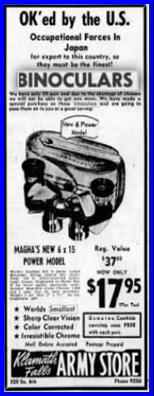
|
Ad of known date. (1951) Also mentions occupation.
Werbung beksannter datum(1951). Publicité de date connue (1951).
|
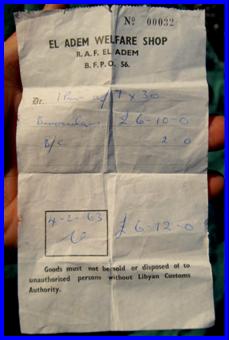
|
Dated sales receipt.
Kaufbelig. Ticket de caisse daté.
|
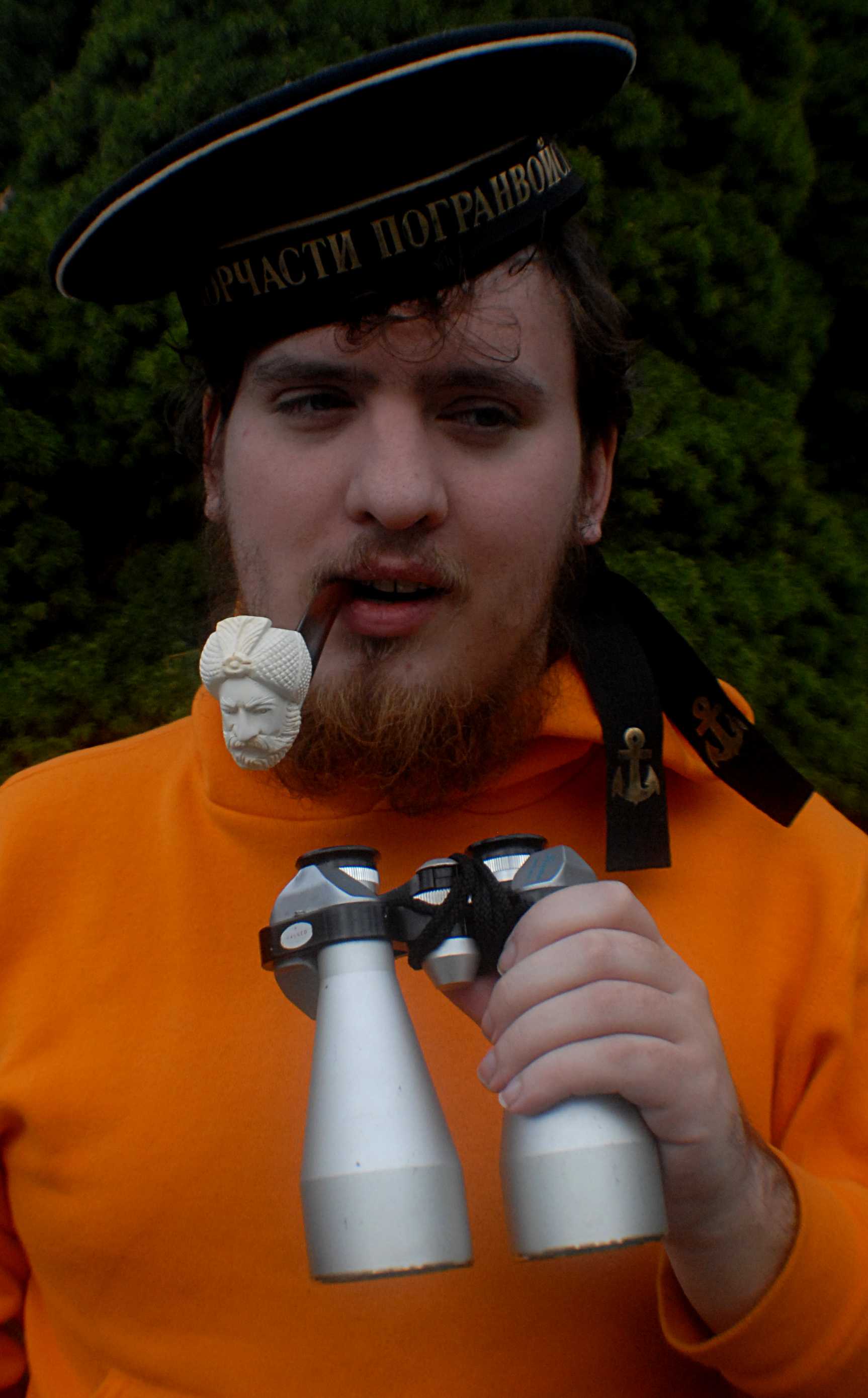
|
Dated catalogs or literature.
Vom kataloge und literature. Catalogues ou la litérature ont daté.
|
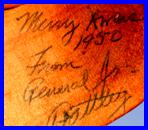
|
Accessories with inscribed dates
.
Zubehör mit schriebrn termine. Accessoires avec des dates inscrits.
|
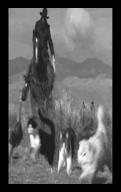
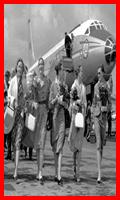
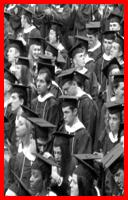
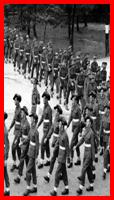
|
SIRUS 1956
SKYLINE BINOCULARS 1951-1975
SOLAR BINOCULARS 1961-1971
SOLUS BINOCULARS1966-2010
*TM
2015
SOUTHERNER BINOCULARS 1955-1960
SPI-OPTEX BINOCULARS 1957-1986
SPORTSTER BINOCULARS 1956-1973
SKYLINE BINOCULARS 1951-1975
SKYMASTER BINOCULARS 1972-1973
STELLAR BINOCULARS 1958,1968-1990
*TM
ST MORITZ BINOCULARS 1951-1988
*TM
SUN SCOPE BINOCULARS 1951-1974
SUPER POWER BINOCULARS 1951-1973
SWIFT AND ANDERSON 1926-1959
*HD
SWIFT BINOCULARS1959-PRESENT
*HD
TASCO BINOCULARS 1954-PRESENT
TECHNAR BINOCULARS 1959-1976
TELESAR BINOCULARS 1962-1974
TELSTAR BINOCULARS 1966-1975
THOROBRED BINOCULARS 1949-1966
TOSCO BINOCULARS 1961-1975
TOWER BINOCULARS 1951-1966
UNISCOPE BINOCULARS 1959*
KI
VEGA BINOCULARS 1955-1961
WEGA BINOCULARS 1969*
KI
WINDSOR BINOCULARS 1951-1957
YAMATAR BINOCULARS 1961-1970
YASHICA BINOCULARS 1969-1975
YOSHIDA BINOCULARS 1949-1966
ZENITH BINOCULARS 1954-1977
ZYKKOR 1981-2005
*TM
|

|
For binoculars: effectively 1948-1952.
|
|
Japanese Miniature Binoculars, The US Military, and Occupation of Japan.
Japanische Miniaturferngläser, das Militär der Vereiengten Staaten, und die Besetzung von Japan. Les Jumelles Miniatures Japonaises, L’armee des États-Unis et L’occupation du Japon.
Японская миниатюрная бинокли и
a
мериканских военных.
日本
のミニチュア双眼鏡、米軍、および
MIOJ. Japanska Miniatyr Kikare, den Amerikanska
Militären, och MIOJ. Los prismáticos Japoneses en Miniatura, losEjército de los Estados Unidos,y la Ocupación de Japón . I Binocoli Giapponesi in Miniatura, I Militari degli Stati Uniti, e L’occupazione del Giapone. |

|
1950 US distributor (Galef) catalog description for 6x15 Japanese “Midget” binoculars |
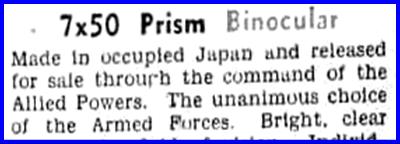
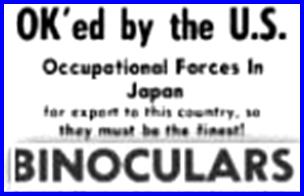
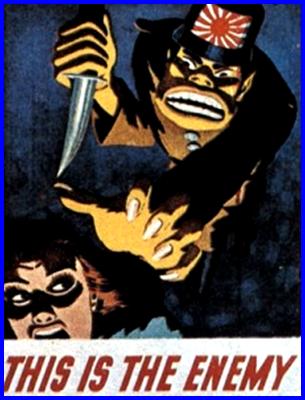
|
Five to eight years after posters like the one at left were being distributed, US importers faced some resistance to the sale of Japanese made goods, particularly precision items like binoculars: previously derisively referred to as “japcrap”. It is interesting to see how this public relations challenge was addressed, including the use of intentionally misleading assertions of US military endorsement.or production supervision, helped by the fact the US military in Japan encouraged manufacture and the US govt encouraged the importation of Japanese goods as being in the US national interest, which it probably was. |
|
1951 retailer Klamath Falls Army Store (Wisconsin) newspaper ad |
|
1950 US magazine ad for Japanese binoculars |
|
After WWII, the United States occupied the main Japanese islands, commencing around August 28 1945. The entity “SCAP” (Supreme Command Allied Powers) governed Japan. SCAP was theoretically a consortium of the US, Britain, and the Soviet Union, but was effectively the US military. It had as many as 350,000 US occupation troops stationed in Japan at one period. Economic reconstruction was a primary goal, in part because of the high cost of supporting the damaged Japanese economy and infrastructure (the US provided $15.2 billion in assistance to Japan during the period, as calculated in 2005 adjusted dollars according to the Congressional Research Service). Japanese manufacture and the export of certain types of goods was strongly encouraged. According to Peter Abrams in
Outline of Japanese Binocular Production
“Japanese manufacturing and marketing businesses were permitted to deduct from their taxes 80 percent of their income from exports.” During the occupation period which lasted until Apr 28 1952, many products made in Japan for export were marked “occupied Japan” or “
M
ade
I
n
O
ccupied
J
apan”.
These are now commonly referred to by the acronym as “
MIOJ
” items. SCAP governed by issuing directives (SCAPIN) to the Japanese government. The regulation that required occupied Japan markings on goods was SCAPIN 1535, of Feburary 20, 1947, signed by General McArthur. Subsequently SCAPIN 2061 of December 5, 1949 officially rescinded the marking requirements of SCAPIN 1535. (data cited per Peter Abrahams in
The Outline of Japanese Binocular Production
. But for the great majority of items intended for the US consumer market, which was certainly the most affluent in the immediate post war period, US consumers were probably much more receptive to purchasing Japanese goods at the time if they were marked “made in occupied Japan”, with the implication of US military rule over Japan, and also perhaps conveying the impression that it was facilitating Japanese payment of war reparations to the US. While probably not intentioned as such, it functioned as a highly effective marketing strategy. As a result, MIOJ markings were still commonly being used until the military occupation actually ended in 1952. This is one of the reasons that one commonly encounters a pair of binoculars marked “made in occupied Japan” accompanied by a case marked “made in Japan” or “Japan”, probably reflecting the marking preferences in regards to the occupation by the two manufacturers in the period 1949-1952, when either marking was appropriate. A fair number of early post war versions of miniature binoculars of this type are encountered marked “occupied Japan” or “made in occupied Japan”, and it is very well documented that virtually all of the early post war Japanese binocular production went to the US consumer market. The fact that the US military was involved in trade decisions can be seen by the fact that David Bushnell could not get rifle scopes made in Japan for the US hunting market, though he very much wanted to do so, until the occupation ended, as SCAP prohibited making that item in Japan. As soon as the occupation ended, he had rifle scopes made in Japan and he distributed them in the US. Items made in occupied Japan, including binoculars and cameras, are also sometimes encountered marked “
C.P.O
.” or “
EP
”. Producing something in occupied Japan involved dealing with a myriad of US and Japanese agency approvals to obtain materials and to be allowed to manufacture approved goods on machinery and in factories certified not subject to seizure for war reparations. Because goods sold to directly to the occupying authority or it’s members or being exported received special tax exemption and materials procurement priority,
CPO
and
EP
markings most likely relate to that. Commonly cited interpretations for the
CPO
initials include “
C
entral
P
urchasing
O
ffice”’ and “
C
entral
P
rocessing
O
rganization”. The problem is that while various agencies within the Boeki Cho (Japanese Govt. Board of Trade) and within the SCAP Trade and Commerce and General Procurement Division fulfilled those general functions, there is no period documentation of any entities with those names.
EP
is sometimes interpreted as “
E
xport
P
ermitted” or “
E
xport
P
roduct”. My original research indicates that “
EP
’ almost certainly stands for “
E
xport
P
roperty”, a defined state in US Customs Law (see the later US 26CFR1.993-3 for example). SCAPIN closely followed US precedents in setting up post WWII Japanese administration. Manufacturers were allowed to deduct 80% of taxes on export goods, so presence of export only marked product in the domestic Japanese market would indicate tax fraud. Taxation has always been a major factor and influence in the binoculars trade. Another influence of the US military on binoculars production is that the occupation troops actually stationed in Japan created sales demand for binoculars. Prior to the war binoculars were essentially luxury goods and were expensive. Now ordinary soldiers could afford them. According to Norman Stanley Roberts, there was a “pronounced desire” by members of the US occupation forces to acquire cameras and binoculars. (Japan: Economic and Commercial Conditions in Japan, HM Stationary Office 1953). The protective cases of a few of the miniature binoculars that I have obtained are specifically marked to indicate they were the gift of a soldier. In addition to the US occupation troops during the occupation era, Japan was also a primary R & R (rest and recuperation) destination for US Korean war troops (June 1950-July 1953), and then for US Vietnam war troops (1965-1975), and also hosted large US military bases for long periods of time, which also were staffed with large contingents of “
DAC
s” (so called
D
ept of the
A
rmy
C
ivilians). Additionally it was common for the US military
PX
(
P
ost E
x
changes, or military base shops) located all over the world wherever there were US military bases, to sell goods from Japan (cameras, binoculars, dolls, stereos) to US troops and their families. For example, my brother in law served in a US Army armored (tank) battalion posted to Germany in the 1970’s, and came home with a vast assortment of Japanese high end stereo equipment and a Japanese 35mm camera purchased at very favorable pricing at the US Army PX in Germany. Just as the rise of the Japanese binoculars and optics industry after WWI was largely influenced (encouraged) by the Japanese military, the rise of the post WWII Japanese binocular industry for the consumer market was substantially influenced in various ways by the US military. |


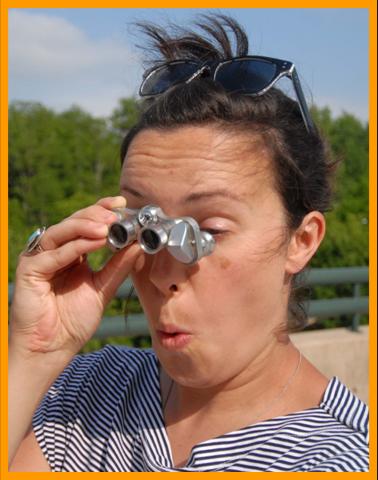
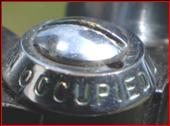
|
Cat herding !
|
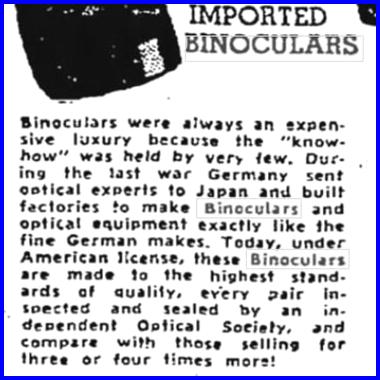
|
1951 retailer Western Trading (Utah) newspaper ad |

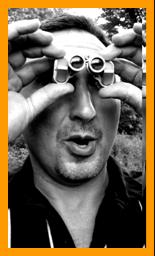
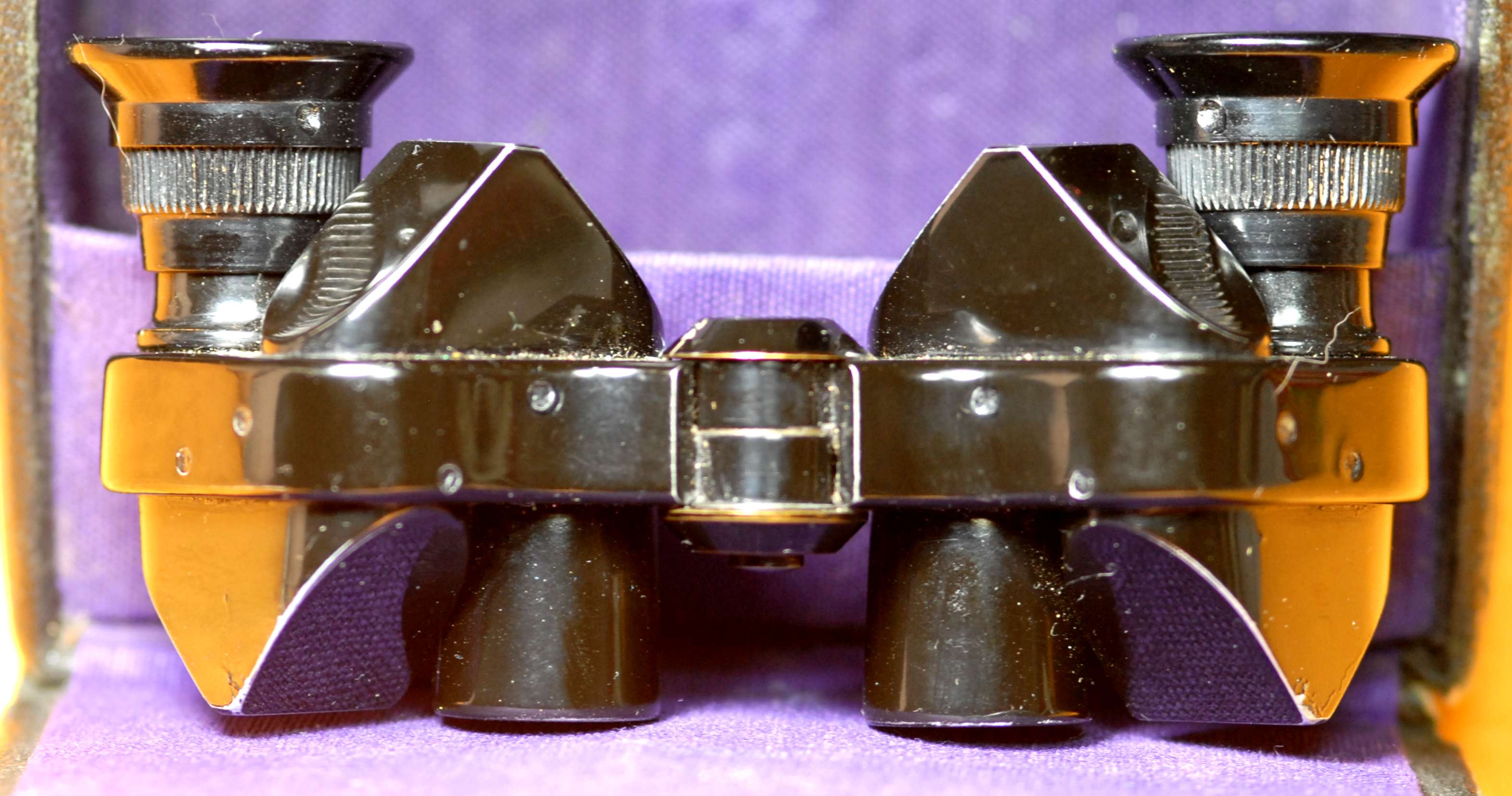
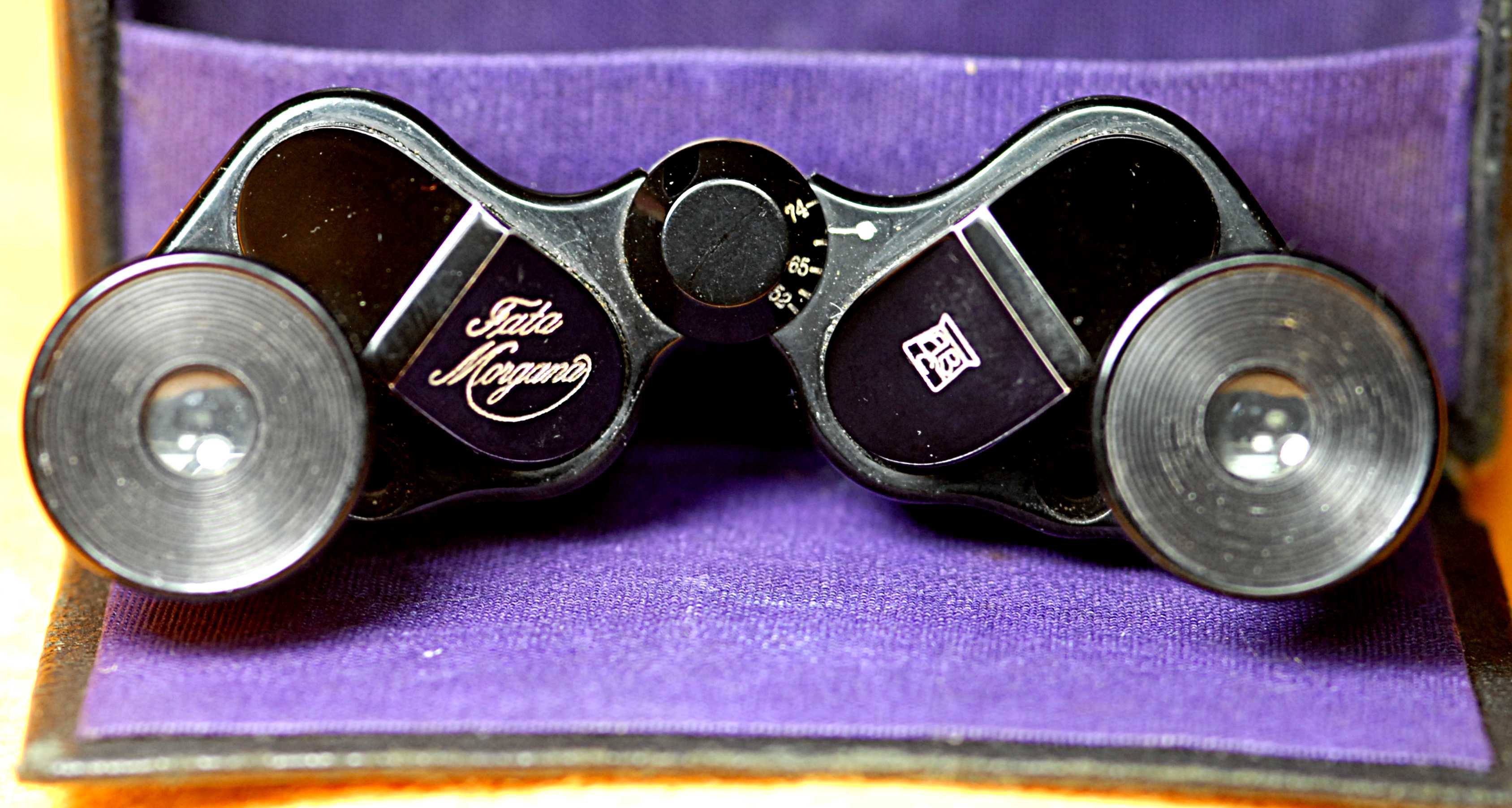
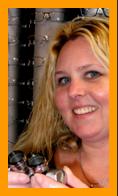
|
Memory is not always reliable. But memory directly related to specific verifiable events is much better. Examples:” I bought these binoculars on my 1974 trip to England”…”I received these binoculars for my 1950 college graduation”… “I acquired these binoculars while stationed in Tokyo 1956-1958”. |
|
Der Speicher ist nicht immer zuverlässig. Aber der Speicher auf spezifische überprüfbaren Ereignissen ist viel besser. Beispiele: "Ich kaufte das Fernglas auf meiner Reise nach England 1974 " ... " Ich erhielt diese Ferngläser für meine College-Abschluss 1950 " ... Ich erwarb diese Ferngläser wile in Tokio 1956 bis 1959 stationiert "La mémoire n’est pas toujours fiable. Mais la mémoire qui concerne les évenements est beaucoup mieux. Par exemple: «J’ai acheté ces jumelles pendent mon voyage en Angleterre 1974 " ... " J’ai reçu ces jumelles en cadeau pour la remise de diplôme en 1950 " ... J’ai acquis ces jumelles perdant que je stationné à Tokyo de 1956 à 1959 ". |
|
About the Difficulties of Research Material
.
Eine Geschichte über Forschung Materialien.
История о научно-исследовательских материалов.
研究材料
についての物語.
En Berättelse om Forskningsmaterial. Sobre la Dificultades se los Materials de Investigación. Sulle Difficoltà dei Materiali di Ricerca. |
|
In regard to access to research materials, I enjoy the luxury of being able to utilize some of the research resources of Yale University. For example, a particular document seemed to come up in Google® internet searches as being a promising source of useful information: the “Photo Trade World Yearbook and Directory” published by the UK by Fountain Press in 1969 and 1970. The trouble was that Google® only offered “snippet” views, and there was no e-book versions, and no booksellers in the world seemed to offer them for sale. Listed entities holding a copy were limited to the National Library of Scotland in Edinburgh, Trinity College Library in Dublin Ireland, The British Library, The George Eastman Museum Rochester NY USA (300 mi away), the Stamford University Library in California USA (2,600 miles away), and finally the US Library of Congress in Washington DC, USA. I had the Yale University Library try to obtain it for me from the Stanford University Library, but they apparently did not have the reciprocal agreements in place to allow that. I then was successful in getting the Yale University library to obtain it for me from the Library of Congress. But it actually turned out that the Library of Congress did not physically possess the copy that they had listed in their catalog, and it was actually the Stanford University copy that the Yale University library obtained from the Library of Congress, who turn obtained it from the Stanford University Library in California. Despite the labyrinthine process of getting to see that book, it proved itself quite useful.
In regard to some of the inherent difficulties in researching Japanese binoculars, in addition to lack of documentation and language, a significant difficulty for westerners (including me) is that some Japanese manufacturers may have had multiple name revisions, complicated by having multiple forms of each revision. So a Japanese optical co would normally have a Japanese Kanji name (non phonetic characters), plus a r
ōmaji
name (Japanese sounds using roman letters) and then usually also an English oriented name.
For example the (English)
Asahi Optical Co., Ltd.
is also
旭光学工業株式会社
in Kanji , and is also Asahi Kōgaku Kōgyō Kabushiki-geisha in
rōmaji
, and might also be referred to as Asahi Kōgaku KK in
rōmaji
, and is also often referred to by the (
rōmaji
) abbreviation AOCo. But their product was also sometimes known as and was marketed under the company owned brand name “Pentax”. Then the company name was changed to
Pentax Corporation
, which is also
ペンタックス株式会社,
which is also
Pentakkusu Kabushiki-geisha (or kaisha) in
rōmaji.
Hoya bought the company in 2007, and then Ricoh bought the co in 2011, but the last two changes are outside the time period of miniature binoculars. And an optical company abbreviation could arise from any variation of any of the names, and in some cases more than one. The previous discussion is just about the Japanese company structure, not importers and distribution. But with Pentax products in particular, the importer partnerships also affected the product names. Initially the Heiland Research Corp of Honeywell imported Asahi (Pentax brand) products into the USA (starting ca 1959), so the US marketed items were sometimes marked
“Heiland Pentax”
on both the binoculars and packaging. But at some point the markings on US marketed products were changed from Heiland Pentax to
“Honeywell Pentax”
markings. Later Pentax USA was formed as the US importer. Confusing? Keep in mind that this is a top manufacturer, still existing, with lots of worldwide consumer interest, and having exceptionally transparent and accessible historical documentation in English and which is researched without any particular impediments. With more obscure entities, sorting out similar complexities is usually impossible. |
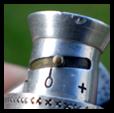
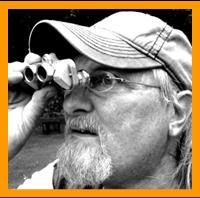
|
MINIATUUR JAPANSE VERREKIJKERS
MINIATUROWE LORNETKI
PIENOISKOOSKA JAPANILAINEN KIIKARIT
μικροσκοπικά κιάλια
ミニチュア双眼鏡
ống nhòm mini
مناظير مصغرة اليابانيةچھوٹے جاپانی دوربین
BINÓCULOS JAPONÊS EM MINIATURA
DÛRBÎN JAPANESE XWEBIXWE
دوربین دوچشمی ژاپنی مینیاتوری
MINIATUUR JAPANESE BINOCULAERS
MINIJATURNI JAPANSKI DALEKOZOR
MINIATURNÍ JAPONSKÉ DALEKOHLEDY
MALIIT NA LARAWAN JAPANESE LARGABISTA
MINIATYURA YAPONIYA DURBIN
BINOCOLO GIAPPONESE IN MINIATURA
TEROPONG KECIL JEPUN
TYHULASI AMANCINANE JAPANESE
ỐNG NH
Ò
M MINIATURE NH
Â
T BảN
సూక్ష్మ జపనీస్ దూరదర్శిని
மினியேச்சர் ஜப்பனீஸ் தொலைநோக்கியின்
KEKERAN
JEPANG MINIATUR
کوچني د جاپان د فير
CASRIGA GHADAFI JAPANESE
MINIJATURNI JAPANSKI DALEKOZORI
MINYATI LONGVI JAPON
È
L
Í
TIL JAPANSKA SJ
Ó
NAUKI
MINIAT
Ü
R T
Á
VCS
Ö
DADA JAPAN BINOPKULARI
MINIATURE JAPANESE MAKA ANYA ABUO
KAKANG'ONO ZOYANG'ANIRA JAPANESE |
|
ENJOY THE SITE?
Consider Participating
The website represents the unpaid effort of mostly one person and whenever anybody looks at it, then it actually costs a little bit of money out of pocket. Not a big deal and with a commitment to doing a lot with a little the website is hosted at Nearly Free Speech.net and it is very cost effective. But with as many as 1/4 million page views in busy months, each view does cost a little bit of money and over time it adds up. We really like to encourage active viewer participation: photos, information, feedback, suggestions, questions, comments, binoculars, anything. Maybe you don’t have any information or photos to contribute, but if you enjoyed this website then please also consider supporting the effort with a tiny gift: 50¢, 75¢, price of a candy bar or cup of coffee...anything.
Every 75¢ donated (which goes directly to the web hosting account and can’t be used for anything else) would pay for at least 15,000 (and perhaps a lot more) people to view the website. Many thanks to people who have helped with photos information, feedback, translation improvements, and donations.
|
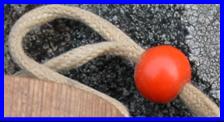
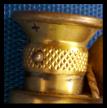
|
Cord or String for Japanese Miniature Binoculars
.
Kabel für Japanische Miniatur Fernglas. Cordon pourJumelles Miniature Japonaises.
шнур для японских миниатюрных биноклей.
日本
のミニチュア双眼鏡のコー.
Sladde för Japanska Miniatyr Kikare.
.
Cuerda Para los Prismáticos Japoneses Miniatura. Cordone per Binocoli Giapponesi in Miniaturea.
|
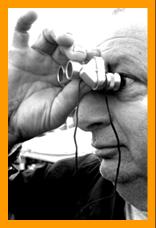
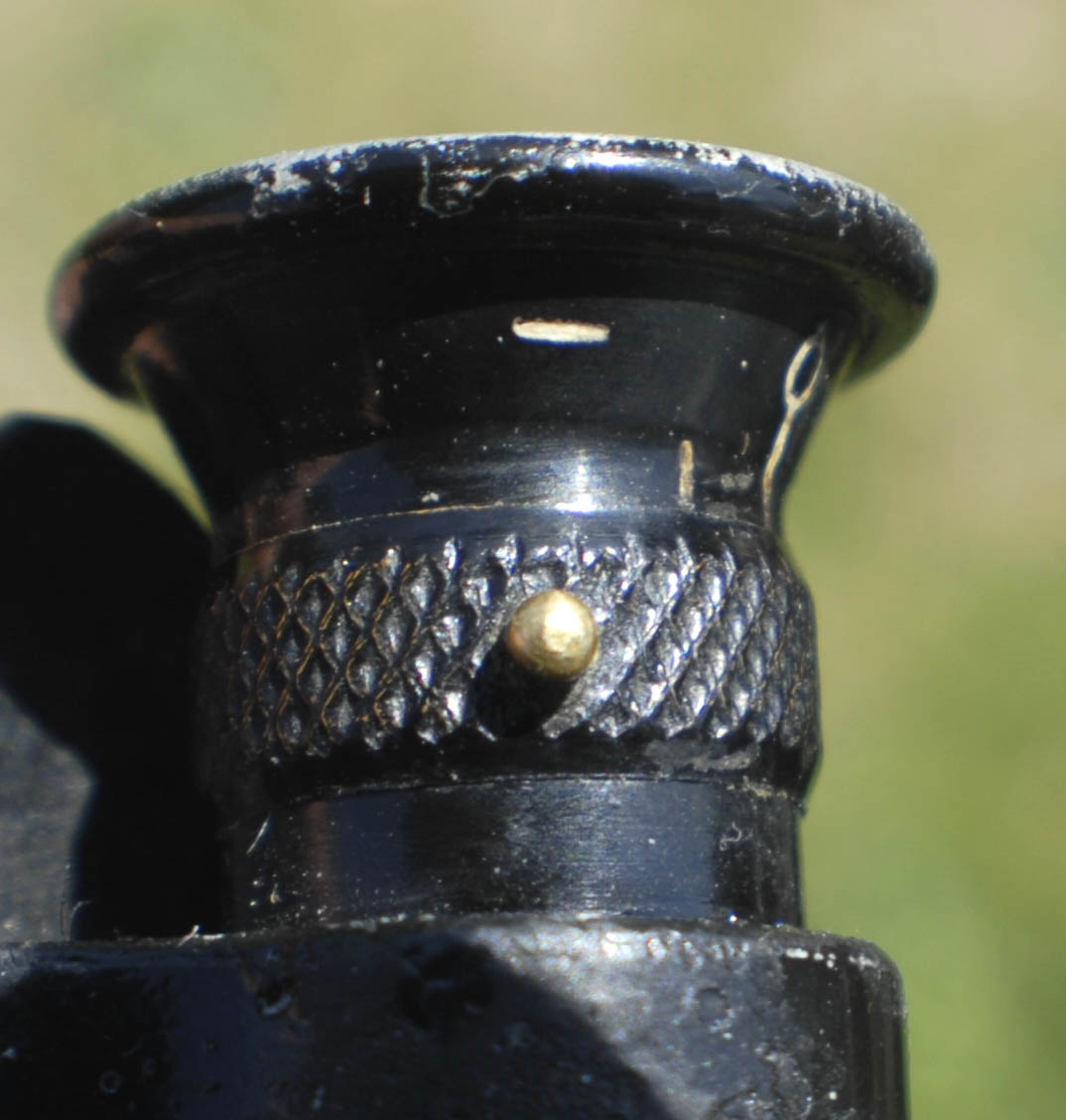
|
To donate a small sum to help host this site
paste the following on your browser:
https://www.nearlyfreespeech.net/contribute/
miniaturebinoculars.com |
|
Gold oval JTII passed stickers reportedly date 1966-1972. Goldene oval JTII aufkleber haben angeblitch 1966-1972 datiert. Autocollant or ovale JTII datent de 1966-1972
|
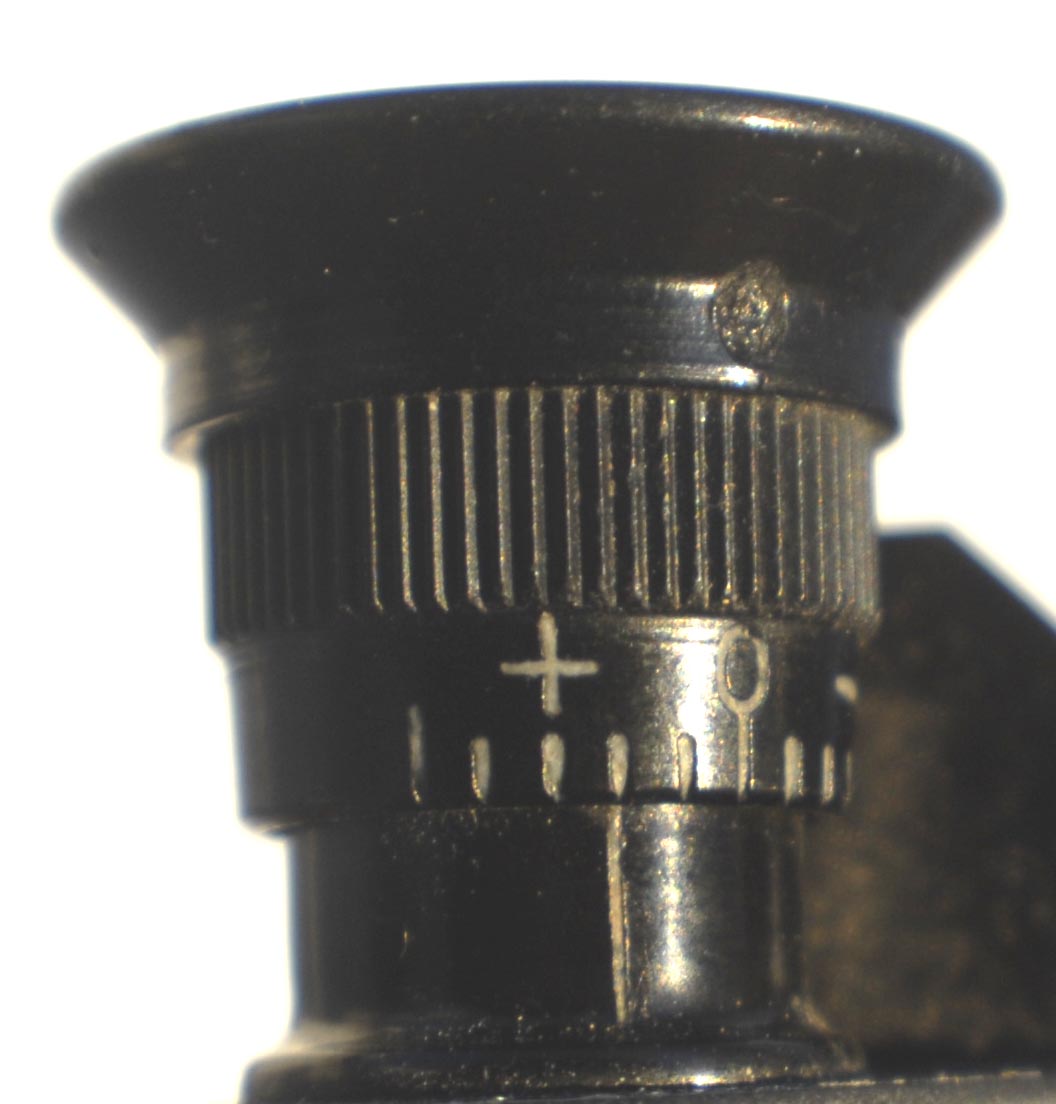
|
TOR Lumion Post War Japanese Miniature Binoculars (1947-1952 period
).
„TOR Lumion“
Miniaturferngläser
sind vor dem Zweiten Weltkrieg in Japan (1947-1952).
Jumelles
Miniatures de «TOR Lumion»
Fabriquées
Après
la Deuxieme Grande Guerre Mondiale (1947-1952). «TOR Lumion»
миниатюрные бинокль выпуска
после войны
мировой войны в Японии (
1947-1953).
「
TOR Lumion
」
ミニチュア双眼鏡が2回目の世界大戦の前に日本で作られます
(1947-1952). «TOR Lumion» Prismáticos en Miniatura Fabricados
Después
de la Segunda Guerra Mundial en Japón 1947-1952.«TOR Lumion»
Binocolo Giapponese in Epoca Postbellica
|
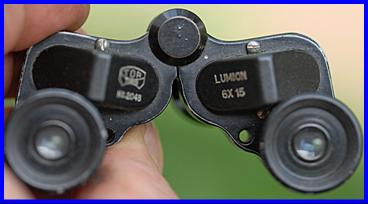
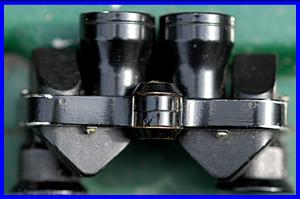
|
TOR Lumion binoculars serial number 2048
Made during Occupation period 1947-1952
Collection of
Mark Ohno |

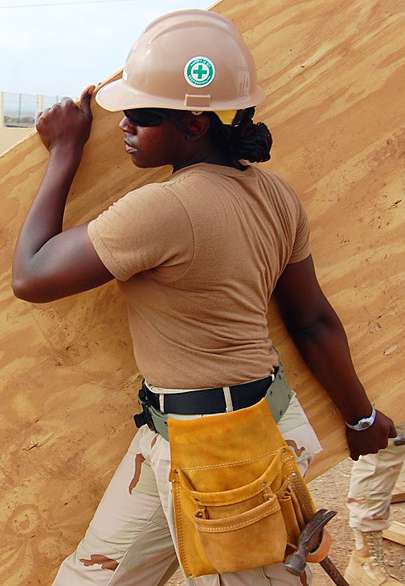

|
Hercules Post War Japanese Miniature Binoculars (1947-1952 period).
„Hercules“
Miniaturferngläser
sind vor dem Zweiten Weltkrieg in Japan (1947-1952).
Jumelles
Miniatures de «Hercules»
Fabriquées
Après
la Deuxieme Grande Guerre Mondiale (1947-1952). «Hercules»
миниатюрные бинокль выпуска
после войны
мировой войны в Японии (
1947-1953).
「
Hercules
」
ミニチュア双眼鏡が2回目の世界大戦の前に日本で作られます
(1947-1952).
«Hercules»
Prismáticos en Miniatura Fabricados
Después
de la Segunda Guerra Mundial en Japón 1947-1952.
«Hercules» Binocolo Giapponese in Epoca Postbellica (Perioda 1947-1952)
|
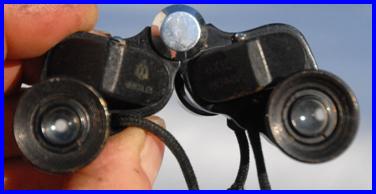
|
Hercules binoculars serial number 7449,Made during Occupation period,
Collection of
Mark Ohno |

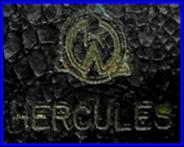
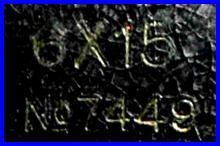
|
Occupied Japan & Post Occupation “T.O.M. Vision” Miniature Binoculars.
„T.O.M. Vision“ Mini Fernglas Während und nach der Besetzung von Japan. «T.O.M. Vision» Jumelles Miniatures Faites Pendant et Après l'occupation du Japon. «T.O.M. Vision»
миниатюрные бинокль, во время и после
оккупации Японии.
“T.O.M. Vision” Miniatur Kikare Från Ockupationen och Efter Ockupationen Japan. «T.O.M. Vision» Prismticos en Miniatura Realizadas Durante y Después de la Ocupación de Japón. Giappone Occupato e Occupazione Post «T.O.M. Vision» Binocolo Miniatura.
|
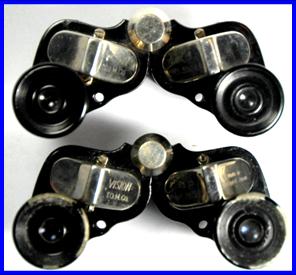
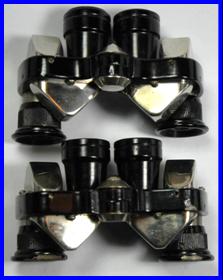


|
Serial number 30,043.Made during occupation 1947-1953 |


|
Serial number 31,751.Made after occupation. Made after 1953 |
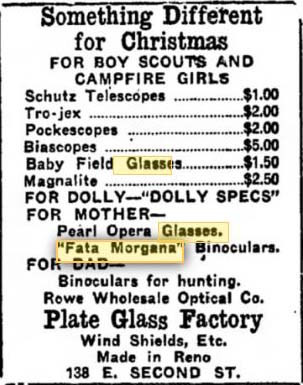
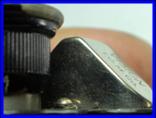
|
Collection of Mark Ohno |
|
POSTWAR |
|
POSTWAR |
|
Asahi Optical Co. (Pentax): 50th Anniversary Miniature Binoculars
.
„Asahi Optical Co.
(Pentax)“: 50-jährigen Jubiläum Miniatur Fernglas.
Asahi Optical Co. (Pentax): 50e Anniversaire des Jumelles Miniatures. «
Asahi Optical Co. (Pentax)»: 50-
летие миниатюрные бинокль.
Asahi Optiska Co. (Pentax): 50– Årsjubileum Miniatyr Kikare.
旭光学工業株式会社
(
ペンタックス株式会社
)
50
周年記念小型双眼鏡
.
«Asahi Optical Co (Pentax)» 50° Aniversario Prismáticos en Miniatura. «Asahi Optical Co (Pentax)»: Binocolo Miniatura 50° Anniversario.
|
|
1969 wurde das 50jährige Jubiläum der Errichtung der „Asahi Optical Co., Ltd“ Im Jahre 1969 „Asahi Pentax “hergestellt 6x25 reverse Porro prismen „M“ geben Sie Ferngläser mit speziellen Markierungen des 50-Jährigen
Jubiläum. 1969 A été le 50e anniversaire de la fondation de «Asahi Optical Co. Ltd.» À reconnaître l'occasion, Asahi Pentax fabriqués 6x25 marche arrière prismes Porro "M" type jumelles avec 50e anniversaire marquages. 1969 Var det 50-årsdagen för grundandet av “Asahi Optical Co. Ltd.” Att erkänna tillfälle, “Asahi Pentax’ producerat en 6x25 fram porro prism "M" typ binokulära med 50-årsdag märkningar.
1969 Fue el 50o aniversario del inicio de Asahi Optical Co. Ltd. Para reconocer la ocasión, Asahi Pentax 6x25 fabricados de porro atrás «M»" tipo binocular con marcas 50o aniversario.
|
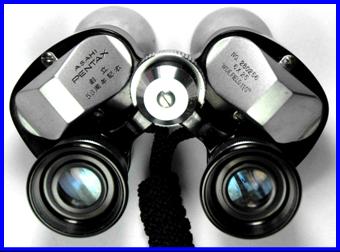
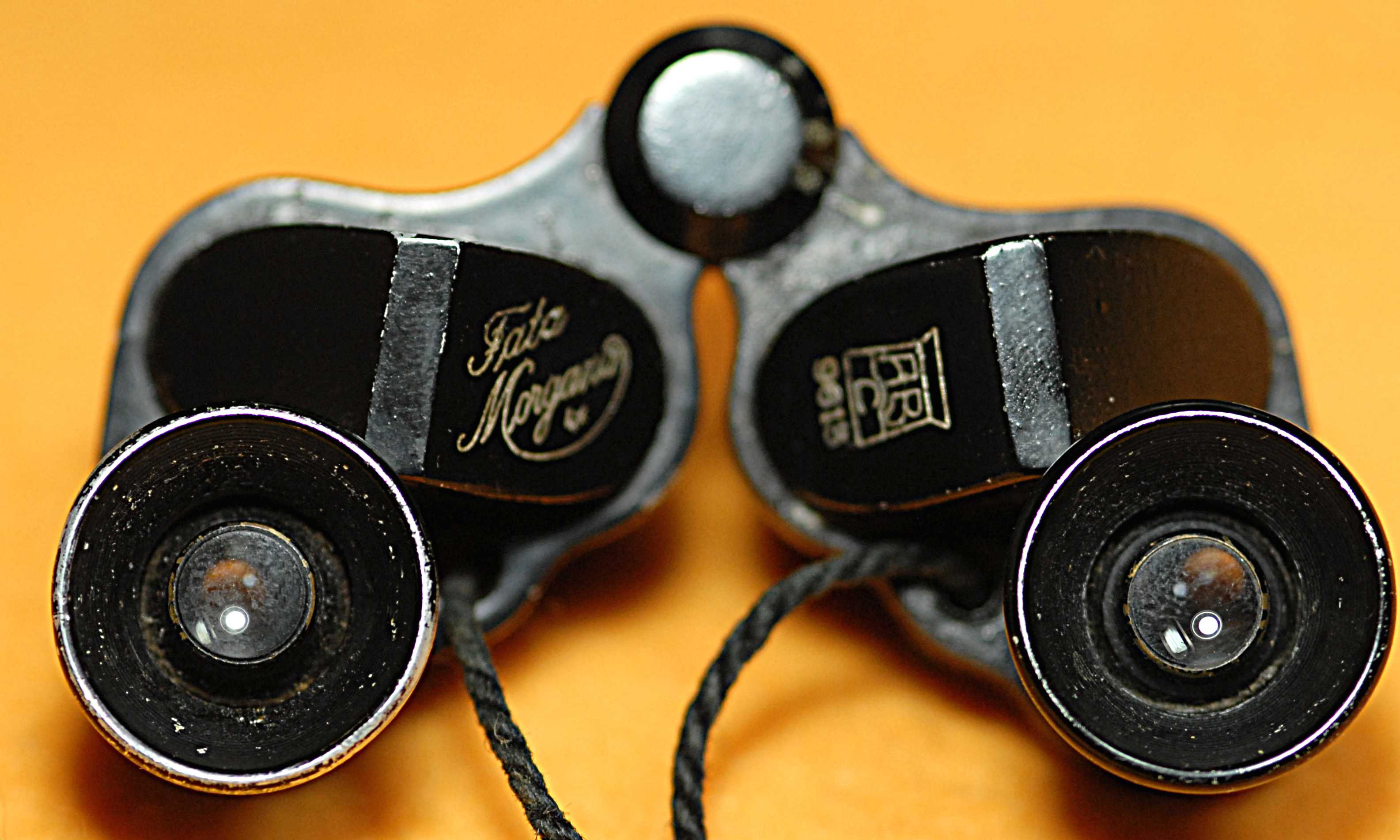
|
“Asahi Pentax. Celebration of the 50th Anniversary of Founding”.
Many thanks to Haruko for translation |
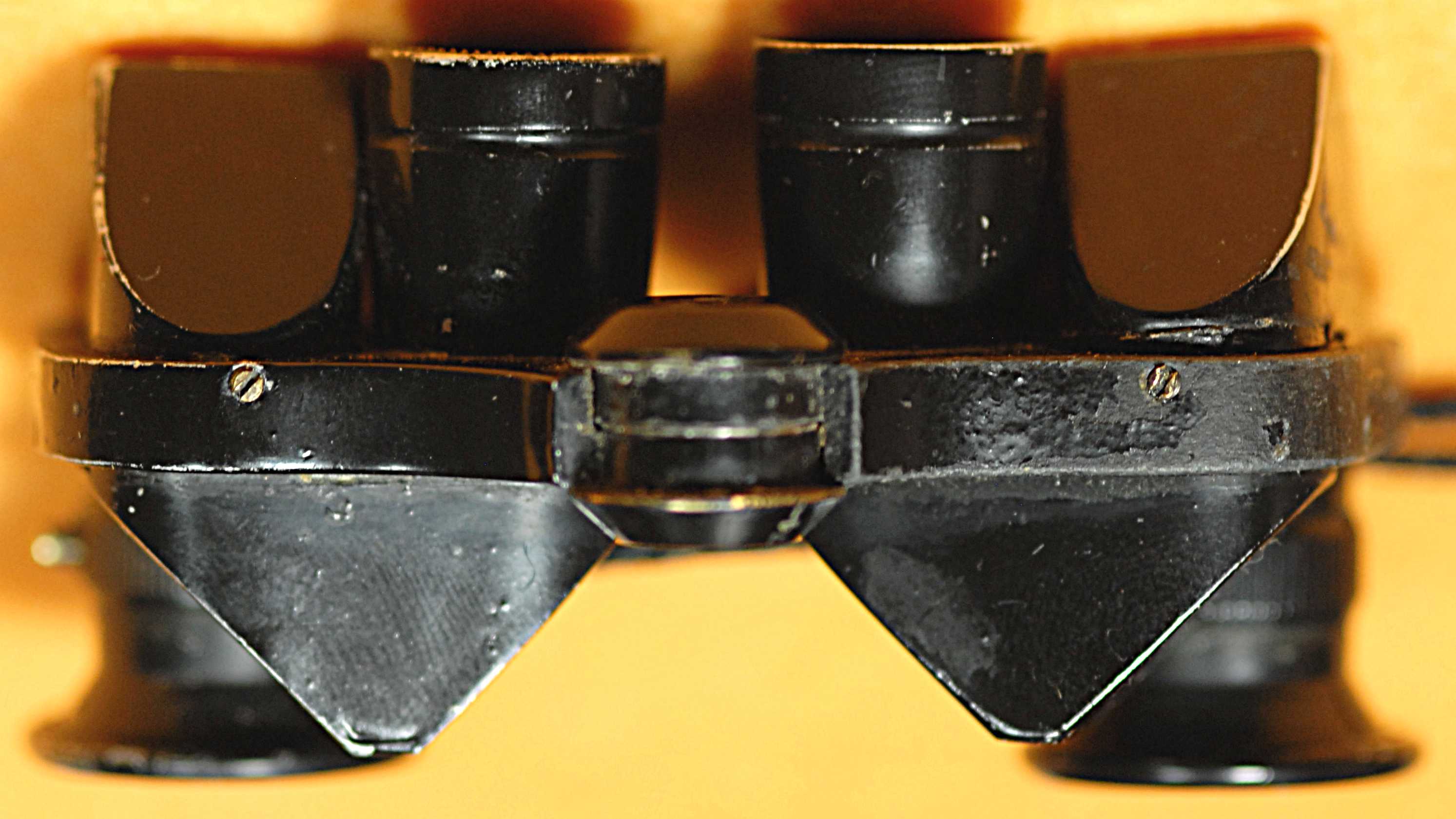
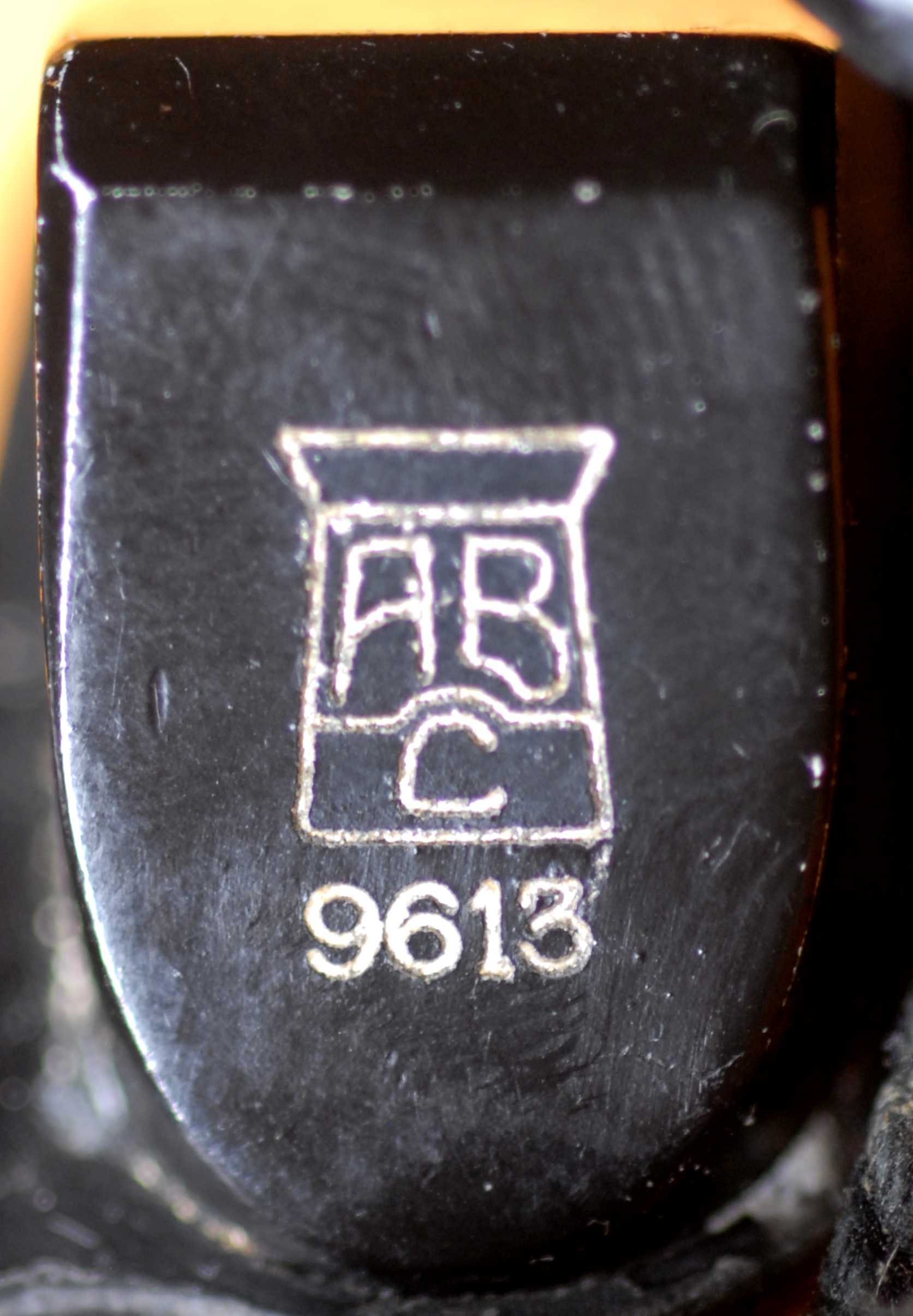
|
Collection of Mark Ohno |